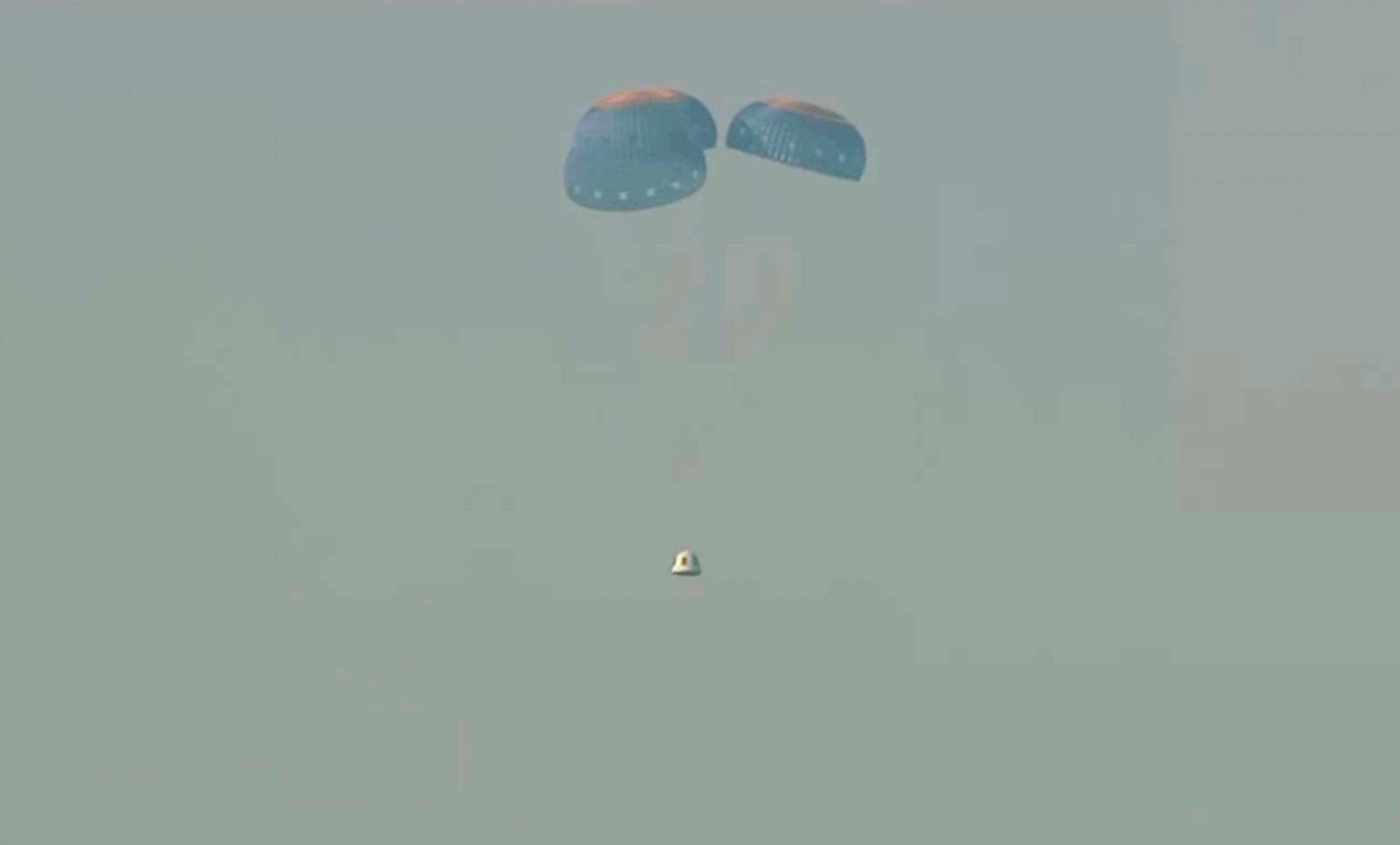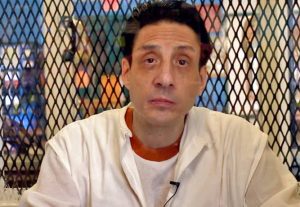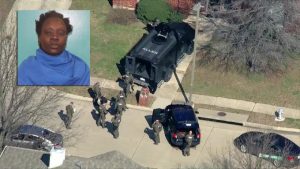Jeff Bezos-owned Blue Origin’s flagship suborbital rocket New Shepard failed in its first attempt at an uncrewed launch on Monday, September 12.
The New Shepard set out for space from Blue Origin’s Corn Ranch property near Van Horn in Texas at 9:27 AM in the morning. However, within minutes of the launch, the abort system of the rocket kicked in and it landed safely under parachutes.
Also read: ‘Out of body experience’: Crew delighted after Blue Origin’s 4th spaceflight
The New Shepard is a suborbital launch system that has been designed to function as a commercial vehicle for space tourism. It has been named after the astronaut Alan Shepard- the first American to go to space as part of NASA’s crew that flew the spacecraft for Project Mercury.
The spacecraft is designed to carry tourists past the Karman line, which is considered as the official boundary between Earth’s atmosphere and space. Inside the spacecraft, there is a capsule that can carry six passengers and up to 23 kgs of experimental load. There is also one observatory window for each passenger inside the capsule.
The New Shepard is also fully-reusable and can support multiple launches. It had beat the Elon Musk-owned SpaceX Falcon 9 in 2015 to become the first reusable spacecraft to make a successful soft landing on the earth.
Also read: Pete Davidson’s replacement on Blue Origin’s next space flight announced
The height of the rocket is 60 feet and it comes with a volume of 15 cubic meters. As it is designed for space tourism, the windows are large enough for the outside to be clearly visible.
Till June 2021, New Shepard had completed 15 uncrewed test flights into space. Monday’s failed launch was Blue Origin’s first since the 15th launch last year.
The company refused to divulge any details beyond the fact that the launch failed. However, it is being reported that the spacecraft had some issues with the booster engine which switched on the abort.







